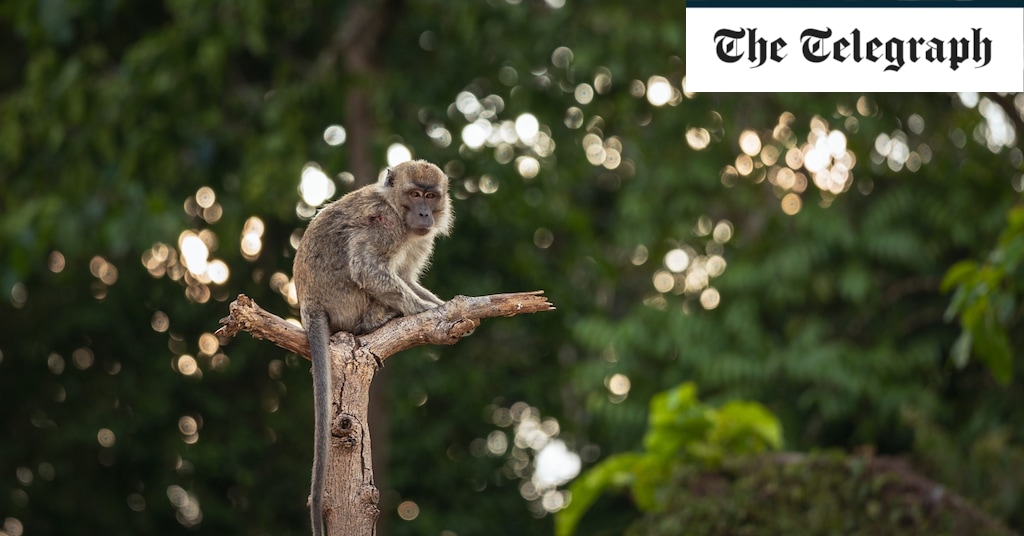
“There should be recognition of the work that has been achieved to eliminate human blood species. But zoonotic malaria does present unique challenges,” says Dr Rajahram. You can’t destroy a pathogen when its reservoir is an animal as it has too many places to hide, he adds.
“I wonder if we’re just going to see this constant grumbling of cases.”
Monkey malaria makes people sicker faster, but can be treated with the same therapies as human malaria – if caught in time.
The spread of the disease to humans is driven by deforestation. Malaysia has lost roughly a third of its total tree cover since 2000, pushing humans, monkeys and mosquitoes into ever closer proximity. It’s a classic spillover risk, experts say.
Yet there are still huge knowledge gaps. Have cases also risen because the drop in human malaria reduced our natural immunity to the parasite, making us more susceptible? How prevalent is the disease in macaques? And – most worrying of all – will monkey malaria adapt to better spread between people?
Rats of the rainforest
Some 220 miles south of KK on the meandering, crocodile-infested Kinabatangan river, the boat ferrying Dr Fornace’s team tilts left as it tackles a hairpin bend.
Later, the researchers will return to their jungle traps to harvest the mosquitoes so they can be frozen and sent to a lab in KK for analysis. But this morning is all about the monkeys.
“Some people here call the macaques the rats of the rainforest,” says Dr Fornace, peering at a consul showing live infrared footage from a drone soaring high above the trees. “But I’m never bored of the monkeys, they’re pretty entertaining.”
But the team didn’t wake up at 4am for a wildlife safari. Before the macaques wake up and join the dawn chorus, they want to test a new toy: a drone with an inbuilt thermal camera.
“When I started working for the monkey malaria project I was doing a primate census, but they’re really hard to count when they’re moving,” says Amaziasizamoria Jumail, a research officer at the Danau Girang Field Centre, a remote outpost on the Kinabatangan river. “It’s easier when they’re sleeping as they’re still. But then it’s dark, so we need thermal cameras.
“It’s really important to know the population of the monkeys for conservation. But also, if you know the population, you can link it with the spread of diseases,” she adds.
